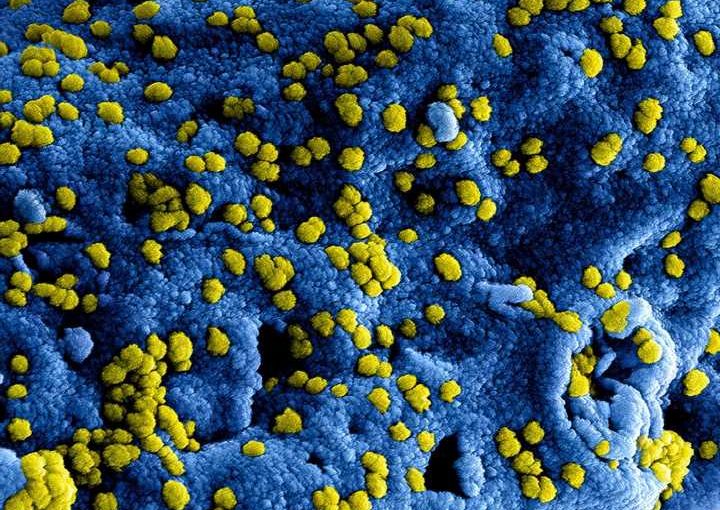
The U.S. Centers for Disease Control and Prevention warned Monday that cases of Candida auris, or C. auris—a potentially deadly and drug-resistant fungal infection—are on the rise at U.S. health-care facilities.
New CDC data published in the journal Annals of Internal Medicine showed that the number of infections has grown since it was first detected in the U.S. in 2013. The rate has increased rapidly in recent years, however.
There were 756 reported cases in 2020 and 1,471 reported cases in 2021—a 95% increase. According to preliminary CDC data, from January to December 2022, the U.S. reported 2,377 cases and 5,754 screening cases.
C. auris infections often cause no symptoms among healthy people, but can lead to serious complications among individuals with weakened immune systems, especially those who are hospitalized or in nursing homes. The complications can affect the blood, heart, brain, eyes, bones and other parts of the body, according to the CDC.
About one third of patients who have “invasive” infections die. Given the difficulty treating the condition, C. auris is considered one the worst fungal threats public health officials face, according to World Health Organization rankings.
In the meantime, experts say methods of diagnosing C. auris infections as well as methods of preventing its spread among patients have improved dramatically.
Journal information:
Annals of Internal Medicine
Source: Read Full Article
